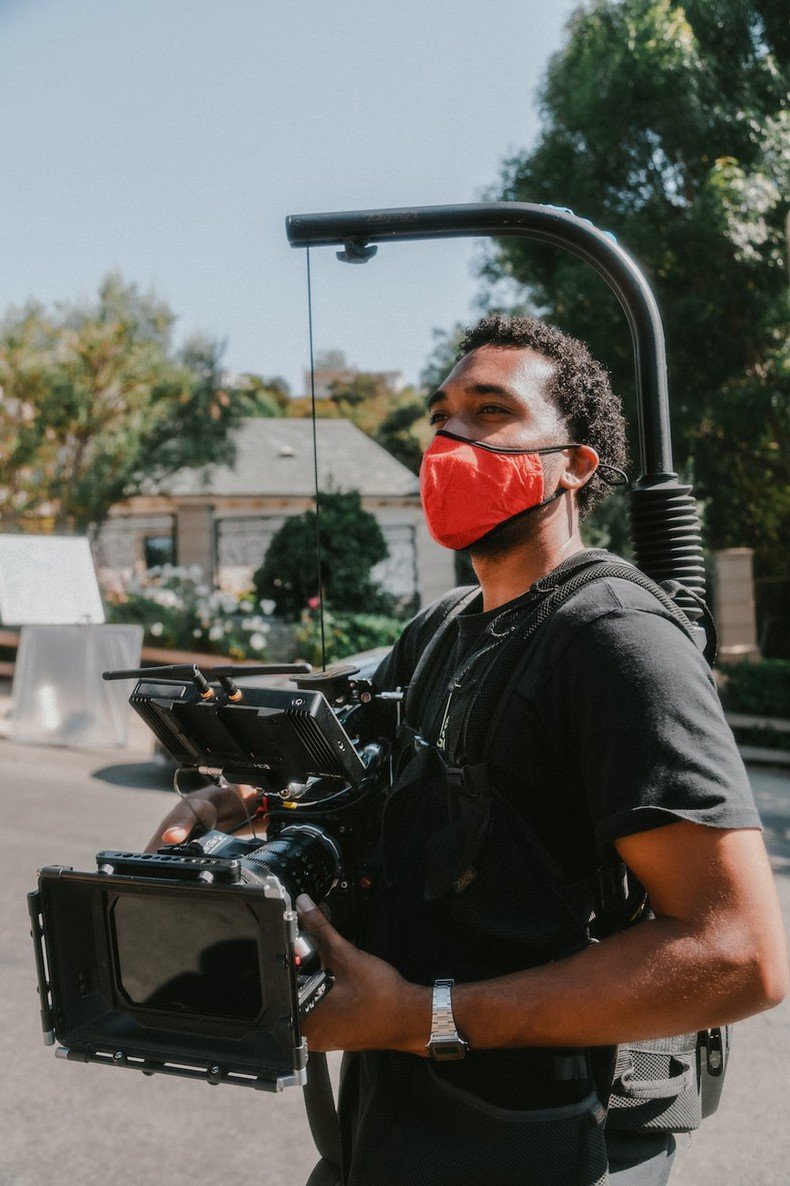Home Camera Lighting and Flashes Camera Filters Camera Batteries and Chargers Memory Cards and Storage
A Beginner's Guide to Understanding and Using Neutral Density Filters for Cameras
Category : Camera Filters | Sub Category : Neutral Density Filters Posted on 2023-07-07 21:24:53

A Beginner's Guide to Understanding and Using Neutral Density Filters for Cameras
Introduction:
A photographer's arsenal of filters is powerful for controlling light in their images. These filters can greatly enhance the creativity of your photography by allowing you to achieve stunning visual effects that would otherwise be difficult or impossible to capture. We will explore what neutral density filters are, how they work, and how you can use them to take your photography to the next level in this article.
What are the neutral density filters?
The neutral density filters are made from glass or other material that is designed to reduce the amount of light entering the camera lens. They are usually available in square or circular shapes and are attached to the lens.
Understanding the strength of the filter.
The "stops" are the amount of light that reaches the camera sensor. A 4-stop ND filter reduces the light by 16 times, while a 1-stop filter reduces the light by half. The darker the image will be, the higher the stop value is.
Benefits and applications of filters.
1 Long exposure photography is one of the main uses of the filters. You can extend your exposure time by using a strongND filter. This technique can be used to create a deserted atmosphere by removing people from crowded scenes.
2 When shooting in bright conditions, such as during midday or when photographing snow or beaches, the use of filters can help balance the exposure. This prevents overexposure and allows you to capture more details.
3 Even in bright conditions, the wide-aperture photography can be achieved with the help of the ND filters. This technique is useful for creating shallow depth of field shots and beautifully blurred background in portrait or macro photography.
4 Motion blur can be captured in daytime with the use of a ND filters. This technique is perfect for capturing the movement of cars.
The right ND filter is a decision.
The right ND filter for your needs depends on your shooting style and desired effect. Consider the strength of the filter, the size of the lens, and the quality of the brand.
Conclusion
Photographers who want to explore the creative possibilities of light control use neutral density filters. The overall quality of your images can be impacted by the impact of the ND filters. By understanding their purpose, strengths, and applications, you can confidently experiment with different ND filters to create stunning, unique visuals in your photography. So, grab your camera, explore the world of filters, and let your creativity shine through your lens.
Leave a Comment:
SEARCH
Recent News
- Zurich, Switzerland is known for its vibrant arts and culture scene, and its theater offerings are no exception. The city is home to a variety of theaters that cater to different tastes and preferences, making it a great destination for theater enthusiasts.
- Zurich, the largest city in Switzerland, is known for its stunning beauty, historic charm, and vibrant culture. From its picturesque old town to its modern architecture, Zurich is a photographer's paradise. Here are some breathtaking Zurich, Switzerland pictures that showcase the city's unique charm.
- Zurich, Switzerland is a beautiful city that offers a plethora of photographic opportunities for both amateur and professional photographers. From stunning architecture to scenic landscapes, Zurich has something to offer for every photography enthusiast.
- Zurich, Switzerland, is a vibrant city known for its stunning architecture, picturesque landscapes, and thriving cultural scene. In recent years, the city has also become a hub for film production, attracting filmmakers from around the world. Interestingly, a connection has emerged between Zurich and Paraguay through the medium of film.
- Zurich, Switzerland is well-known for its stunning beauty and picturesque landscapes. Many visitors flock to this bustling city to soak in its rich culture and stunning architecture. One aspect of Zurich that often captivates visitors is its vibrant art scene, with many opportunities to engage in various forms of art and creativity.
- Zurich, Switzerland, and Hungarian History: A Unique Blend of Culture
- Zurich - A Hub for Hungarian Films
- Zurich, Switzerland is a beautiful city known for its stunning views, rich history, and vibrant culture. From the picturesque Old Town with its charming cobblestone streets to the crystal-clear waters of Lake Zurich, this city has a lot to offer both residents and visitors.
READ MORE
1 day ago Category : fmount

Zurich, Switzerland is known for its vibrant arts and culture scene, and its theater offerings are no exception. The city is home to a variety of theaters that cater to different tastes and preferences, making it a great destination for theater enthusiasts.
Read More →1 day ago Category : fmount

Zurich, the largest city in Switzerland, is known for its stunning beauty, historic charm, and vibrant culture. From its picturesque old town to its modern architecture, Zurich is a photographer's paradise. Here are some breathtaking Zurich, Switzerland pictures that showcase the city's unique charm.
Read More →1 day ago Category : fmount

Zurich, Switzerland is a beautiful city that offers a plethora of photographic opportunities for both amateur and professional photographers. From stunning architecture to scenic landscapes, Zurich has something to offer for every photography enthusiast.
Read More →1 day ago Category : fmount
